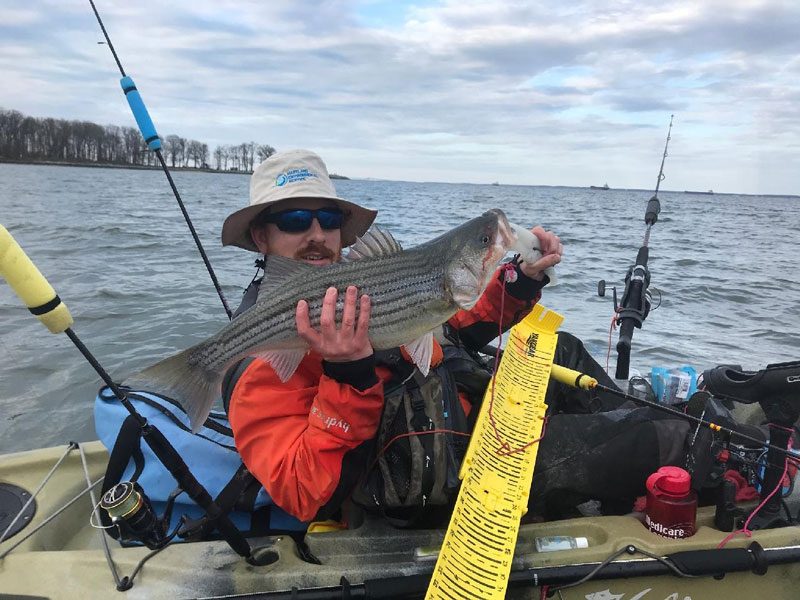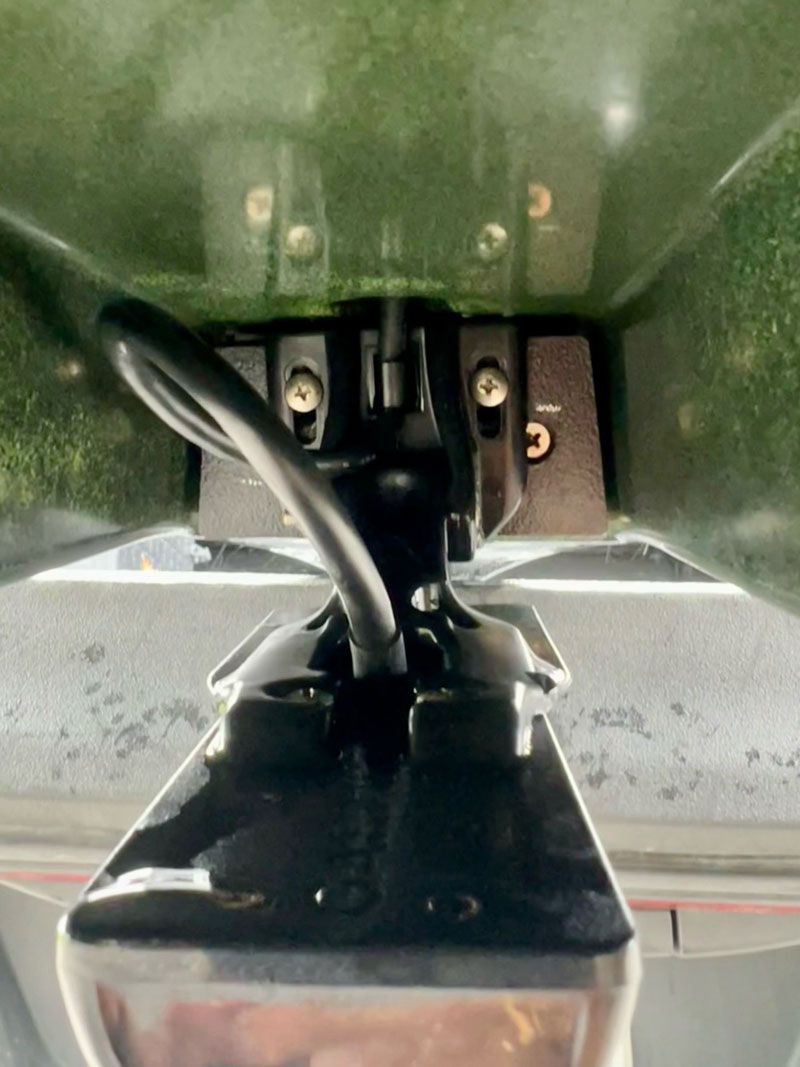When I first started kayak fishing I used my understanding of fish habits, habitat, fish feeding patterns, and a little bit of luck to get me through a day of fishing. I repeatedly fished familiar fisheries, too. So why bother getting a fish finder? Hey, I’m a kayak angler and it’s shallow water!

Peer pressure played a big part in my decision to purchase my very first sonar. It was a Lowrance, a flasher style, and was sometime back in the late 1980s. With a flasher-type of sonar you needed to keep an eye out for any depth change as you sat in a single location or moved slowly across a lake, hoping for the telltale sign of changes to the bottom or the possibility of fish passing below. Fast forward to 2024. In today’s world of fishing from a kayak we venture further out from the shoreline and fish bigger waters. Fishing in the Chesapeake Bay, tributary rivers, or deep reservoirs mandate the ability to see what’s below the water’s surface.
The style of a fishing kayak and style of sonar will dictate the installation, which can vary greatly. Transducer mounts offer several alternatives. There are scupper mounts, arm mounts, in-hull, or in some cases through-hulls if the kayak has a location to mount a transducer built in.
Scupper mounts are simple devices that fit into a scupper hole in your kayak. There are several brands on the market, Yak Hoppy and Lowrance (which can be used with other brands), or you can DYI a scupper mount. But arm mounts that hold your transducer are probably the easiest method of installation. They attach to your fishing kayak’s rail system and extend below the water’s surface. The drawback is that they can get in your way, especially when landing and netting a fish. Scotty and YakAttack are the more popular manufacturers but there are others, and DYI methods, too.
Having the transducer fully submerged is ideal, but an in-hull installation works as well. They are limited to down-scan transducers, however, as side-scan transducers need to be fully submerged to work correctly. Also, the in-hull method of installation will give a false water temperature reading. Check with the manufacturer of the fish finder you own, or before you purchase, to see if they make an in-hull mounting kit. Again, there are also DYI methods for installation.
Buying a kayak built specifically for fishing and with a location built into the hull of the boat to mount a transducer is by far the best method. You will only need to decide where to place the sonar so it’s easy to view and operate. You want to make sure it is within your reach.

Let’s talk a little about wiring and how and where to run the wires required to operate your sonar. I decided to place my Striker on the top of my pedal system on my secondary use kayak, a Native Watercraft Slayer Propel 10. The power cord and transducer cord both follow the pedal system down to the hatch on the front of the boat and are held there by a Velcro strap. The transducer cord then comes back out of the hatch and follows a groove on the kayak, along the track system to the transducer arm mount. Both the Striker and transducer arm are within easy reach to operate. My primary kayak, a Native Watercraft Slayer Max 10, has a location to mount the transducer and sacrificial plates on the port and starboard sides to run wiring through.
Preplanning, care, and thought should be considered before you take on any installation. Sometimes the best method of installation will be the easiest, too. It might not give you side-scan or hide all the wires best, but it might also get you out on the water quickly so you can start looking below the surface — and catching fish.
-By Eric Packard